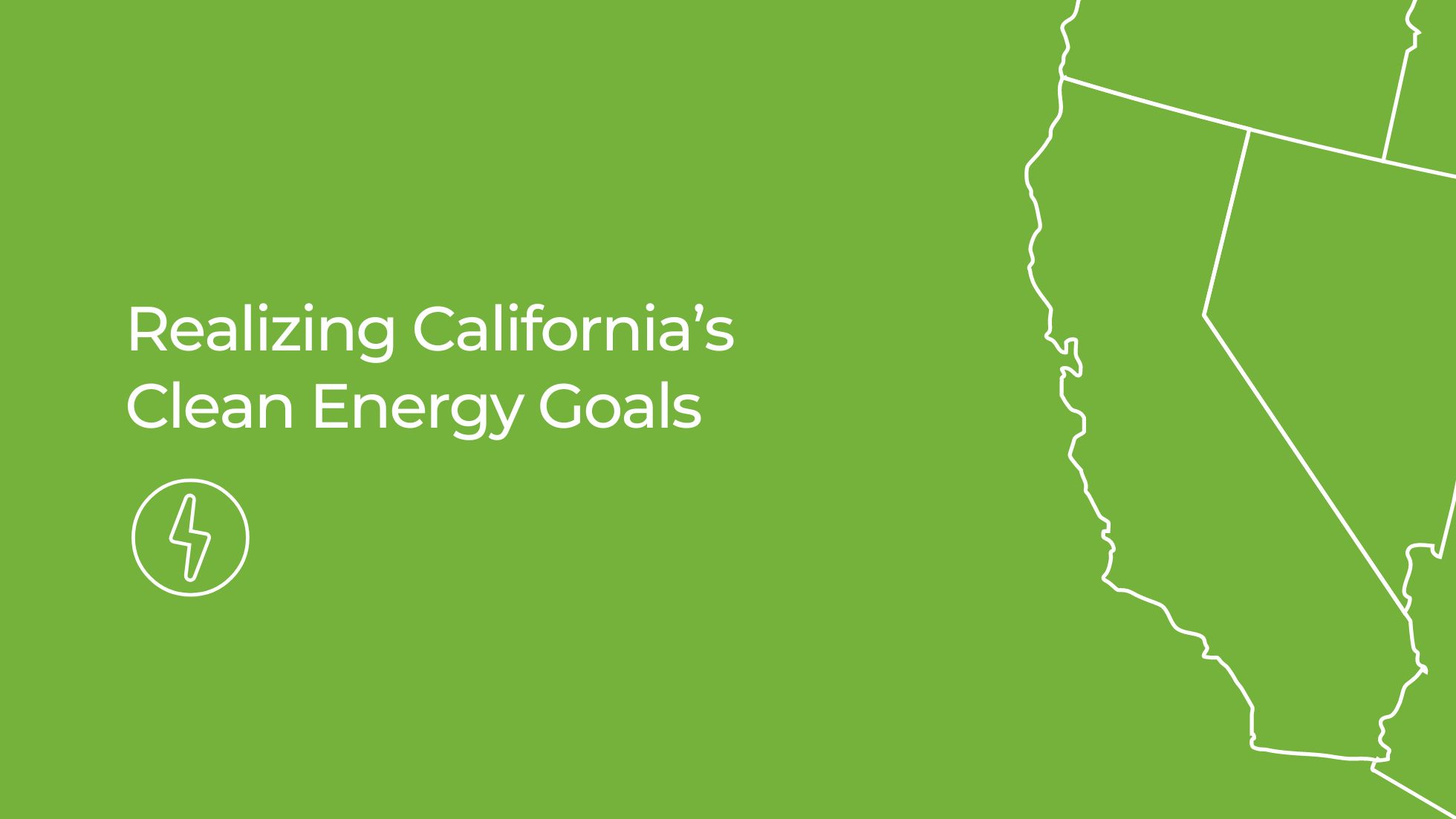Working with EPCs — End-to-End Renewable Energy Engineering Learn More
Realizing California’s Clean Energy Goals

Two decades ago, only a small portion of the electricity consumed by California was fueled by renewable energy resources. Today, the percentage is significantly higher. According to the most recent data in 2022, 61 percent of California’s retail electricity sales come from zero-carbon, clean generation.
Senate Bill 100 (2018) has set an aggressive renewable goal of serving 100 percent of California’s retail sales and state loads with renewable and zero-carbon energy by 2045. More recent legislation set new interim goals of 90% by 2035 and 95% for 2040.
The Union of Concerned Scientists, a U.S.-based nonprofit science advocacy organization, states that for California to achieve its 2045 clean energy goals, the state will have to roughly triple its existing energy capacity. There are enough clean energy projects underway to make this happen—if the state can clear hurdles that frequently occur in the development of these projects.
The Lack of Transmission and Grid Upgrades — California’s grid infrastructure has not kept pace with the state’s clean energy transition. State legislators and regulators need to incentivize utilities to upgrade the existing grid infrastructure with grid-enhancing technologies like dynamic line ratings and power flow controls. This will increase transmission capacity quickly and cost-effectively, and is a more expedient alternative than building out new transmission, which can take years. California should also cooperate with other Western states to create a regional grid coordination entity to coordinate transmission planning efforts.
Interconnection Queue Backlog — California Independent System Operator (CAISO) must conduct interaction studies on all product power-generating projects to assess their impact on the grid before they can be connected to it. CAISO has been inundated by requests in the past few years, resulting in a huge backlog of projects waiting to be studied, so the agency is taking steps to address this issue.
Difficulties with Siting and Permitting — While California has huge clean energy resource potential, siting the infrastructure to facilitate it often conflicts with other land uses such as conservation, agriculture, and various community needs. Often there is local opposition to green lighting projects.
Legislation to incentivize clean energy on the built environment (e.g., warehouse rooftops) and disturbed lands (e.g., brownfields), or the use of virtual power plants, can minimize the amount of land needed and reduce siting and permitting issues. To address local concerns proactively, affected communities should be contacted in the very early stages of a project to get buy-in and help the permitting process move faster.
Speeding California’s clean energy initiative
Blymyer is well aware of the issues outlined above. The company is actively engaged in a broad range of renewable energy projects, designing and engineering clean energy infrastructure for wind, solar, BESS, substation and EV charging throughout California.
“While we have seen steady progress in the state’s achieving its energy goals, we recognize that challenges still exist, and are doing everything in our power to help address them.” says Mike Rantz, Blymyer President. “From navigating the permitting process to continual on-site inspections, we make every effort to deal with issues proactively to prevent delays. Our team is on a mission to help speed up the transition to clean energy, not just across the state but throughout the nation.”